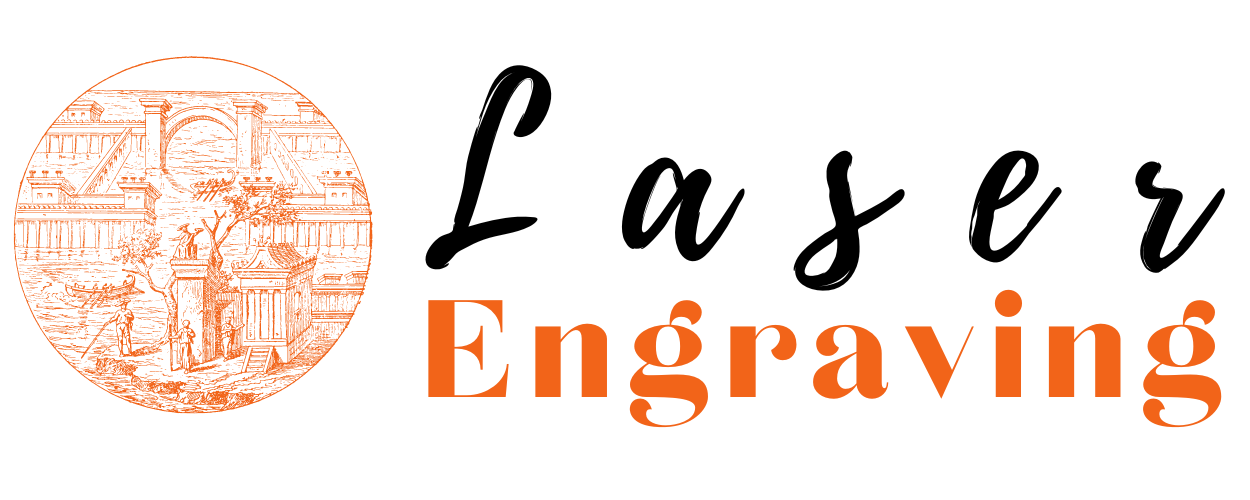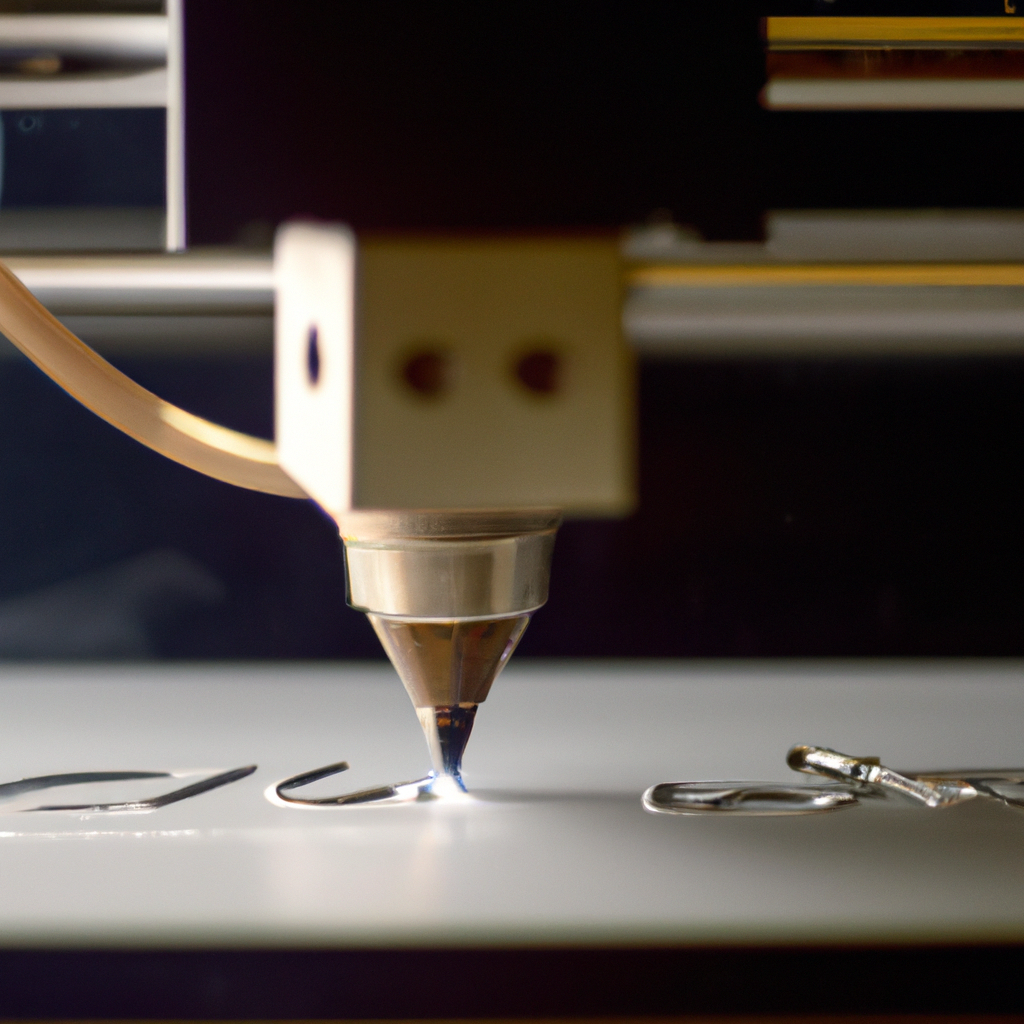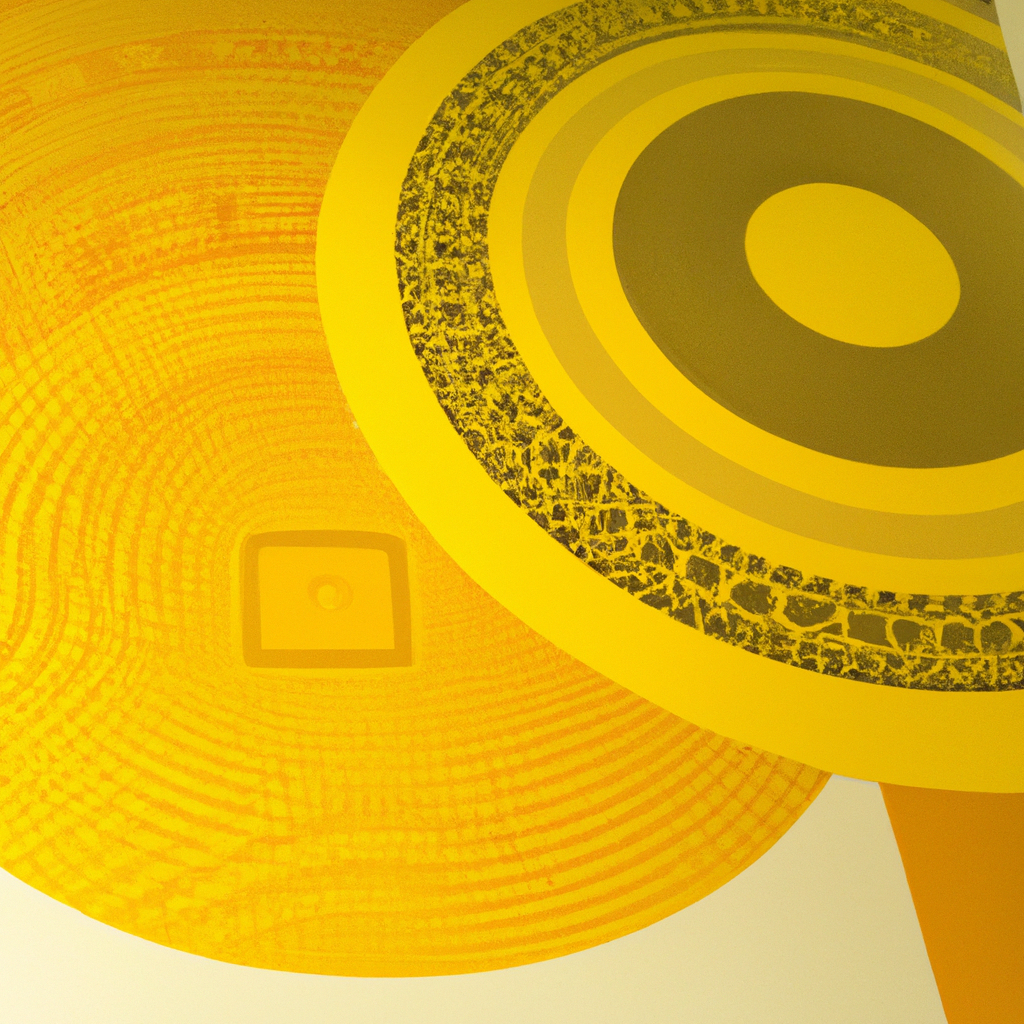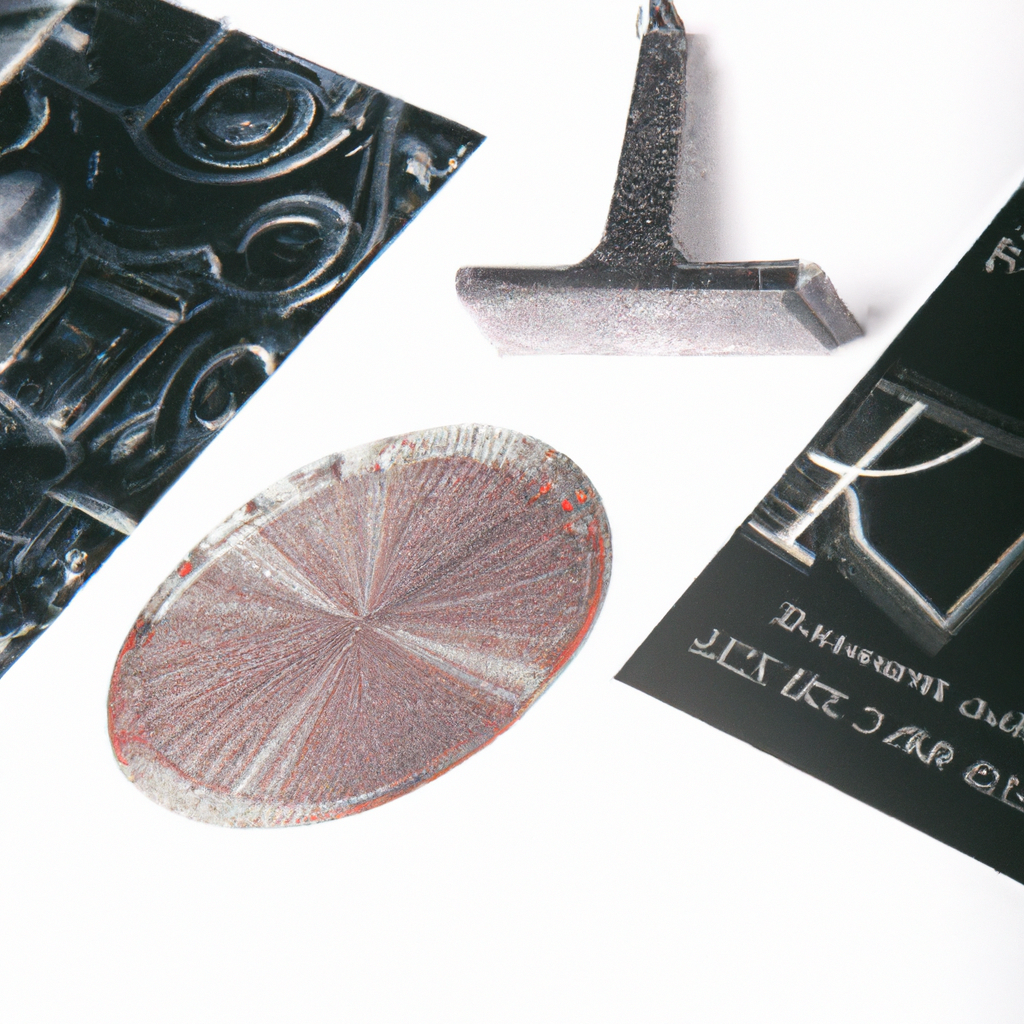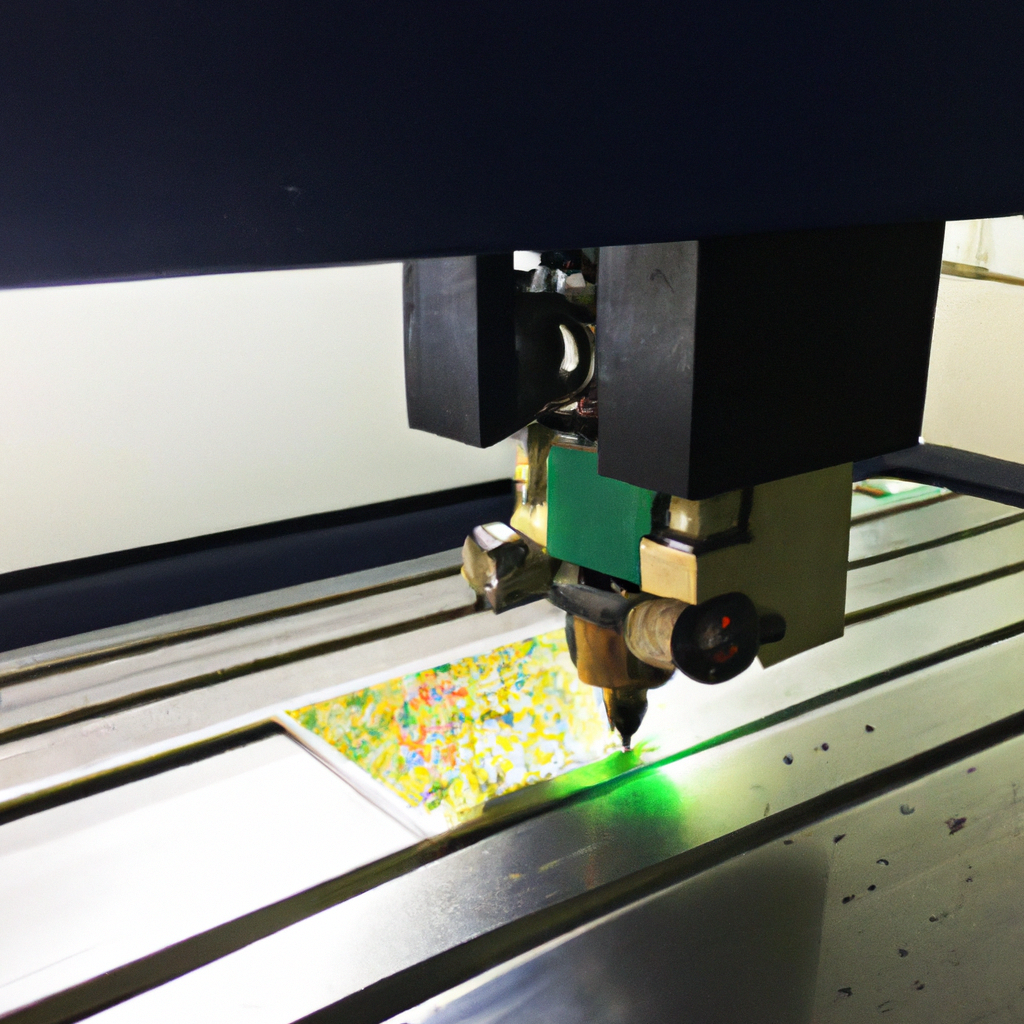Advanced Laser Engraving
Laser engraving is an innovative and advanced technique that utilizes laser technology to etch or engrave various materials. With its precise and intricate results, laser engraving has gained immense popularity across different industries, ranging from jewelry making to industrial manufacturing. In this article, we will explore the various aspects of advanced laser engraving, its applications, benefits, and emerging trends.
What is Laser Engraving?
Laser engraving is a process that uses a high-powered laser beam to remove or vaporize the surface layer of a material. This controlled removal creates a permanent and high-quality mark, allowing for intricate designs, text, or images to be etched onto the material. Unlike traditional engraving methods, laser engraving does not involve physical contact with the material, minimizing the risk of damage or distortion.
Applications of Advanced Laser Engraving
-
Product Personalization: Laser engraving offers the ability to personalize products in various industries. From customizing jewelry, watches, and accessories to personalizing electronic devices or promotional items, laser engraving provides a unique and personalized touch.
-
Industrial Manufacturing: In industrial manufacturing, laser engraving is used for marking and branding products, serial numbers, barcodes, or logos onto various materials such as metals, plastics, ceramics, and glass. This ensures traceability, enhances product identification, and helps prevent counterfeiting.
-
Architectural and Interior Design: Laser engraving enables intricate and detailed patterns to be etched onto materials like wood, glass, or acrylic, enhancing architectural designs, signage, and decorative elements in interior spaces.
-
Medical and Pharmaceutical Industry: Laser engraving is widely used in the medical and pharmaceutical industry for marking surgical instruments, medical devices, and packaging materials. This facilitates identification, traceability, and compliance with regulatory standards.
-
Art and Crafts: Artists and craftsmen utilize laser engraving to create intricate designs, patterns, and images on various mediums such as wood, leather, paper, and fabric. This technique allows for detailed customization and replicating complex artwork.
Benefits of Advanced Laser Engraving
-
Precision and Detail: Laser engraving offers exceptional precision, allowing for intricate designs and high-resolution patterns. This level of detail is not easily achievable through traditional engraving techniques.
-
Versatility: Laser engraving can be performed on a wide range of materials, including metals, plastics, glass, wood, leather, and more. This versatility makes it ideal for various industries and applications.
-
Durability: Laser engraved markings are highly durable and resistant to fading, peeling, or wearing off over time. This ensures long-lasting and legible identification or personalization.
-
Time and Cost Efficiency: Laser engraving is a fast and efficient process, capable of producing high-quality results in a short period. It eliminates the need for additional steps such as stencil preparation, reducing time and costs associated with traditional engraving methods.
-
Non-contact Process: As laser engraving is a non-contact process, there is no physical interaction between the engraving tool and the material. This minimizes the risk of damage or distortion, making it suitable for delicate or fragile materials.
Emerging Trends in Advanced Laser Engraving
-
3D Laser Engraving: The advancement in laser technology has enabled the development of 3D laser engraving, allowing for the creation of three-dimensional patterns and textures on various materials. This technique adds depth and enhances the visual appeal of engraved designs.
-
Color Laser Engraving: Traditional laser engraving produces monochromatic markings, but recent advancements have made it possible to achieve color laser engravings. This opens up new possibilities for creating vibrant and eye-catching designs.
-
Fiber Laser Engraving: Fiber laser engraving has gained popularity due to its high precision and speed. This technique utilizes fiber laser sources to engrave metals, plastics, and other materials, offering excellent contrast and detail.
-
Laser Engraving Automation: Automation has revolutionized the laser engraving industry, allowing for increased productivity and efficiency. Automated laser engraving systems can process multiple items simultaneously, reducing production time and costs.
In conclusion, advanced laser engraving has become a vital technique in various industries, offering a wide range of applications, benefits, and emerging trends. Its ability to provide precise, durable, and versatile markings on different materials makes it an indispensable tool for personalization, branding, and identification purposes. As technology continues to evolve, we can expect further advancements in laser engraving, expanding its capabilities and possibilities.
